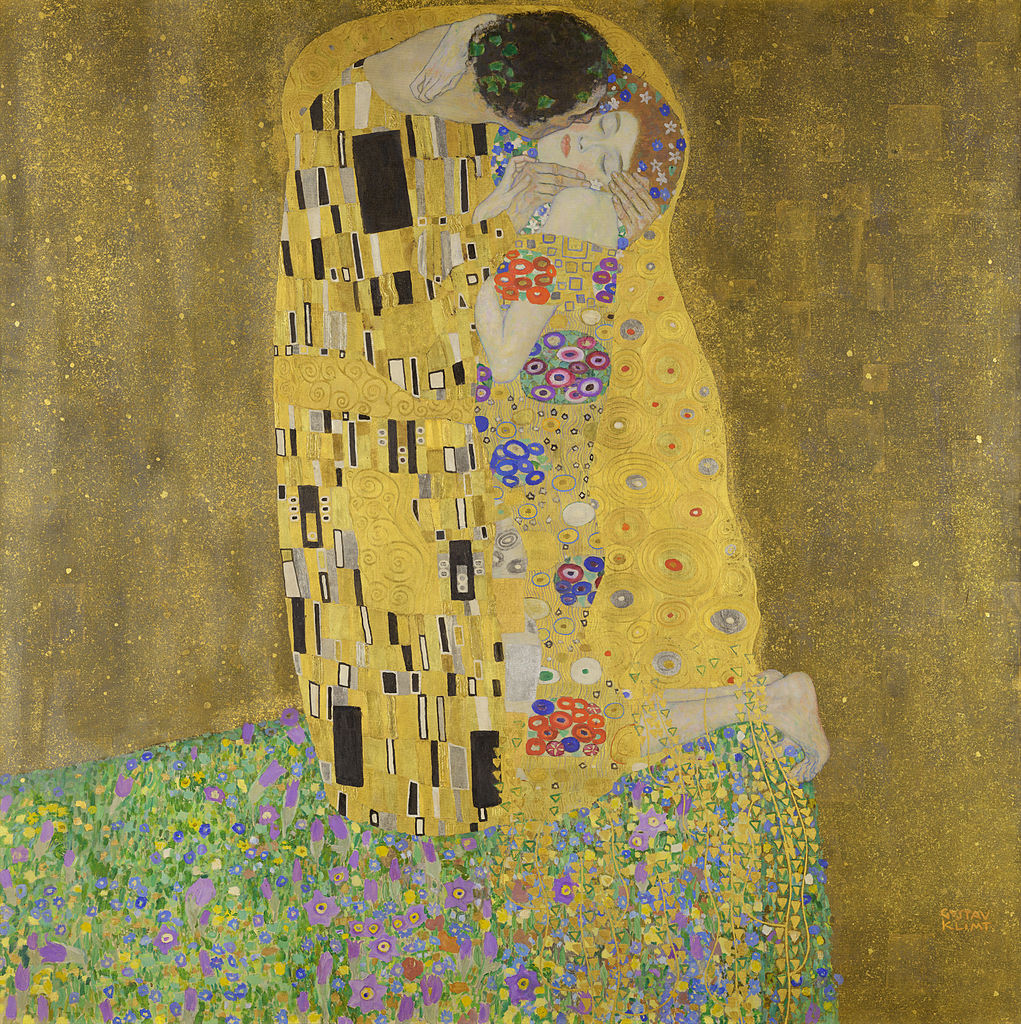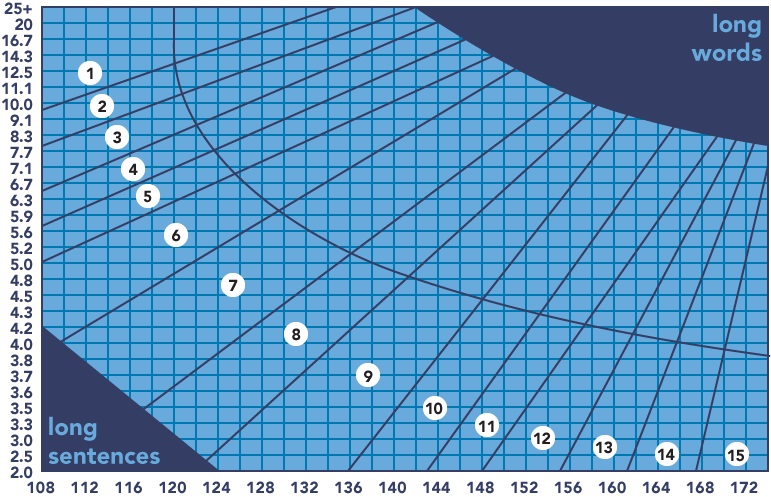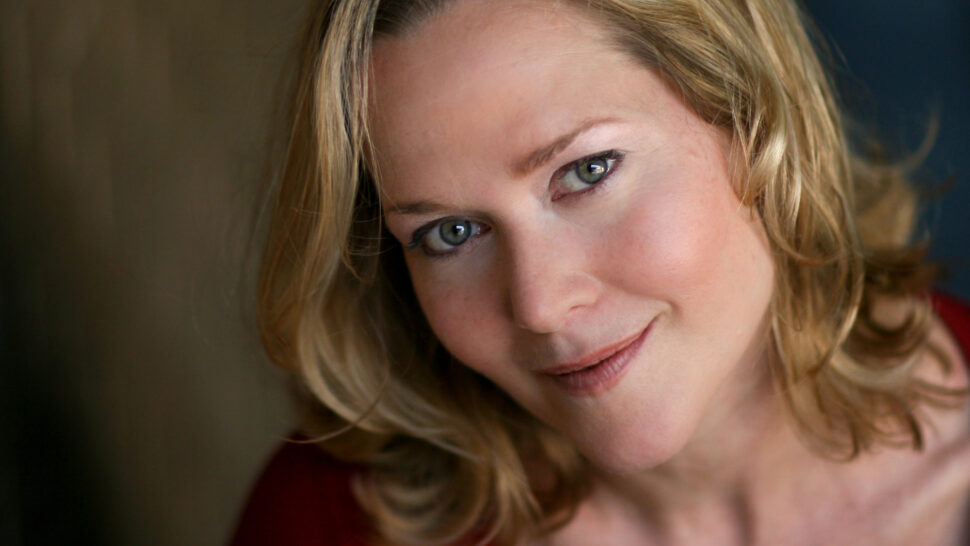Student Loans
- Home Page 19

Dance Wyoming
This content is accessible to paid subscribers. To view it please enter your password below or send mike@standardsmichigan.com a request for subscription details.
Wiener Melange
Zaha Hadid Architects | Standards Austria | International Commission on Illumination
Wiener Melange is a classic Viennese coffee specialty originating in 19th-century. The traditional standard consists of a shot of espresso or strong black coffee (often Mokka) mixed with steamed milk in equal parts, topped with a generous dollop of frothy milk foam. Unlike a cappuccino, it skips cocoa dusting and emphasizes a velvety texture.
Sugar is optional, served on the side. Frequently paired with Apfelstrudel and a glass of water.
Die Universität Wien verabschiedet sich von X/Twitter. 👋
Für Updates aus der Welt der Universität Wien folgt uns auf unseren Social Media-Channels auf Bluesky, Instagram, LinkedIn, YouTube & Co.! 🏛 👨🔬👩🔬 #univie pic.twitter.com/zSdMF8L1Wt— Universität Wien (@univienna) November 25, 2024
Working Dogs
Hey lovelies ☕🥰🍂
I hope this post finds you well & that you have a wonderful day! ❤️ pic.twitter.com/ljULxGtS70
— Jess Tungsten (@JessTungsten) November 15, 2025
Technical Barriers to Trade
We track action in international administrative procedures that affect the safety and sustainability agenda of the education facility industry. From time to time we find product purchasing contracts that contain “boilerplate” requiring conformity to applicable regulations found in the Agreement on Technical Barriers to Trade (TBT). Common examples are found in contracts for the acquisition of information technology and specialty laboratory equipment.
The World Trade Organization TBT Agreement obliges all Parties to maintain an inquiry point that is able to answer questions from interested parties and other WTO Members regarding technical regulations, standards developed by government bodies, and conformity assessment procedures, as well as provide relevant documents. The TBT Agreement also requires that WTO Members notify the WTO of proposed technical regulations and conformity assessment procedures so interested parties can become acquainted with them and have an opportunity to submit written comments.
Technical Barriers to Trade Information Management System
The inquiry point and notification authority for the United States is operated by the National Institute of Standards and Technology an agency within the U.S. Department of Commerce. We provide a link here for the convenience of faculty, specifiers and purchasing professionals.
Notify U.S. Standards Coordination Office USA WTO Enquiry Point
We include the TBT on the agenda of our Hello World! colloquium; open to everyone. See our CALENDAR for the next online meeting.
More
Eurocodes
The Eurocodes are ten European standards (EN; harmonised technical rules) specifying how structural design should be conducted within the European Union. These were developed by the European Committee for Standardization upon the request of the European Commission. The purpose of the Eurocodes is to provide:
- A means to prove compliance with the requirements for mechanical strength and stability and safety in case of fire established by European Union law.[2]
- A basis for construction and engineering contract specifications.
- A framework for creating harmonized technical specifications for building products (CE mark).
Since March 2010 the Eurocodes are mandatory for the specification of European public works and are intended to become the de facto standard for the private sector. The Eurocodes therefore replace the existing national building codes published by national standard bodies, although many countries have had a period of co-existence. Additionally, each country is expected to issue a National Annex to the Eurocodes which will need referencing for a particular country (e.g. The UK National Annex). At present, take-up of Eurocodes is slow on private sector projects and existing national codes are still widely used by engineers.
Eurocodes appear routinely on the standing agendas of several of our daily colloquia, among them the AEDificare, Elevator & Lift and Hello World! colloquia. See our CALENDAR for the next online meeting; open to everyone.
So proud to announce the @ellisoninst is beginning construction on our new campus at the @UniofOxford and broadening our mission: Science & Engineering for Humanity. EIT develops & deploys technology in pursuit of solving four of humanity’s most challenging & enduring problems.… pic.twitter.com/vSkHWSS8EK
— David Agus (@DavidAgus) October 15, 2023
More
REGULATION (EU) No 305/2011 OF THE EUROPEAN PARLIAMENT AND OF THE COUNCIL
Design Standard Readability
Abstract. Research problem: Readability equations are widely used to compute how well readers will be able to understand written materials. Those equations were usually developed for nontechnical materials, namely, textbooks for elementary, middle, and high schools. This study examines to what extent computerized readability predictions are consistent for highly technical material – selected Society of Automotive Engineers (SAE) and International Standards Organization (ISO) Recommended Practices and Standards relating to driver interfaces. Literature review: A review of original sources of readability equations revealed a lack of specific criteria in counting various punctuation and text elements, leading to inconsistent readability scores. Few studies on the reliability of readability equations have identified this problem, and even fewer have systematically investigated the extent of the problem and the reasons why it occurs. Research questions:
(1) Do the most commonly used equations give identical readability scores?
(2) How do the scores for each readability equation vary with readability tools?
(3) If there are differences between readability tools, why do they occur?
(4) How does the score vary with the length of passage examined?
Method: Passages of varying lengths from 12 selected SAE and ISO Recommended Practices and Standards were examined using five readability equations (Flesch-Kincaid Grade Level, Gunning Fog Index, SMOG Index, Coleman-Liau Index, and Automated Readability Index) implemented five ways (four online readability tools and Microsoft Word 2013 for Windows). In addition, short test passages of text were used to understand how different readability tools counted text elements, such as words and sentences. Results and conclusions: The mean readability scores of the passages from those 12 SAE and ISO Recommended Practices and Standards ranged from the 10th grade reading level to about 15th. The mean grade reading levels computed across the websites were: Flesch-Kincaid 12.8, Gunning Fog 15.1 SMOG 12.6, Coleman-Liau 13.7, and Automated Readability Index 12.3. Readability score estimates became more consistent as the length of the passage examined increased, with no noteworthy improvements beyond 900 words. Among the five readability tools, scores typically differed by two grade levels, but the scores should have been the same. These differences were due to how compound and hyphenated words, slashes, numbers, abbreviations and acronyms, and URLs were counted, as well other punctuation and text elements. These differences occurred because the sources for these equations often did not specify how to score various punctuation and text elements. Of the tools examined, the authors recommend Microsoft Word 2013 for Windows if the Flesch-Kincaid Grade Level is required.
ICYMI. The OED has recently been updated with:
new words, phrases and senses added
more than 1,000 entries revised
new audio files and pronunciation transcriptions from Northern England and North-Eastern England
and more!Learn more: https://t.co/JCLcZzTtEQ pic.twitter.com/FhdbPKxBVZ
— The OED (@OED) April 4, 2025
Virginia Woolf: pic.twitter.com/8IPw1Fmevk
— Dr. Maya C. Popa (@MayaCPopa) May 25, 2023
Wires
Ampere current flows through copper or aluminum conductor due to the movement of free electrons in response to an applied electric field of varying voltages. Each copper or aluminum contributes one free electron to the electron sea, creating a vast reservoir of mobile charge carriers. When a potential difference (voltage) is applied across the ends of the conductor, an electric field is established within the conductor. This field exerts a force on the free electrons, causing them to move in the direction of the electric field. The resulting current flow can be transformed into different forms depending on the nature of the device.
Heating: When current flows through a resistor, it encounters resistance, which causes the resistor to heat up. This is the principle behind electric heaters, toasters, and incandescent light bulbs.
Mechanical Work: Current flowing through an electric motor creates a magnetic field, which interacts with the magnetic field of the motor’s permanent magnets or electromagnets. This interaction generates a mechanical force, causing the motor to rotate. Thus, electrical energy is converted into mechanical energy; including sound.
Light: In an incandescent light bulb, a filament heats up ( a quantum phenomena) due to the current passing through it. This is an example of electrical energy being converted into light energy; including the chemical energy through light emitting diodes
Today we dwell on how conductors are specified and installed in building premise wiring systems primarily; with some attention to paths designed to carry current flowing through unwanted paths (ground faults, phase imbalance, etc). In the time we have we will review the present state of the best practice literature developed by the organizations listed below:
International Electrotechnical Commission
60304 Low voltage installations: Protection against electric shock
Institute of Electrical and Electronic Engineers
National Electrical Safety Code
Insulated Cable Engineers Association
International Association of Electrical Inspectors
National Fire Protection Association
Transcript of CMP-6 Proposals for 2026 NEC
Other organizations such as the National Electrical Manufacturers Association, ASTM International, Underwriter Laboratories, also set product and installation standards. Data center wiring; fiber-optic and low-voltage control wiring is covered in other colloquia (e.g. Infotech and Security) and coordinated with the IEEE Education & Healthcare Facilities Committee.
Use the login credentials at the upper right of our home page.
Related:
National Electrical Code: 310.15(B) Temperature Correction Factors
Neher-McGrath Calculation: Cable Calculation ampacity and Thermal Analysis
Voltage Drop Calculation Example
ETAP: Cabling Sizing – Cable Thermal Analysis
Chocolate Cherry Breakfast Muffins & Cowboy Coffee
Oklahoma State University Financial Statements 2024 | $1.425B (Page 5)
Executive Leadership | Higher Learning Commission | Facilities Master Plan
Pleasant Valley Schoolhouse | Stillwater
A new Cowboy Code: No one sleeps til the pomp is done 💤 pic.twitter.com/7CsMzWaxyQ
— Oklahoma State Univ. (@okstate) October 17, 2025
“The War on the West” Jordan B. Peterson & Douglas Murray
It’s that time of year 🎄#RoadToOcala | #GoPokes pic.twitter.com/NNN03IAPEV
— OSU Cowgirl Equestrian (@OSUEquestrian) December 4, 2024
Abiit sed non oblita | Rebecca Luker
Rebecca graduated from the University of Montevallo in 1984 and enjoyed a lengthy and distinguished career as a virtuoso actress, concert soloist and recording artist.
To honor her memory following her passing in 2020 the University has named the stage of the Center for the Arts in her honor.
“All the Things You Are” 1939 | Jerome Kern
print(“American Standard”)https://t.co/b5Ggh4RKvIhttps://t.co/cRIFjNxrFL pic.twitter.com/8oVxHovFR6— Standards Michigan (@StandardsMich) December 31, 2023
New update alert! The 2022 update to the Trademark Assignment Dataset is now available online. Find 1.29 million trademark assignments, involving 2.28 million unique trademark properties issued by the USPTO between March 1952 and January 2023: https://t.co/njrDAbSpwB pic.twitter.com/GkAXrHoQ9T
— USPTO (@uspto) July 13, 2023
Standards Michigan Group, LLC
2723 South State Street | Suite 150
Ann Arbor, MI 48104 USA
888-746-3670

























